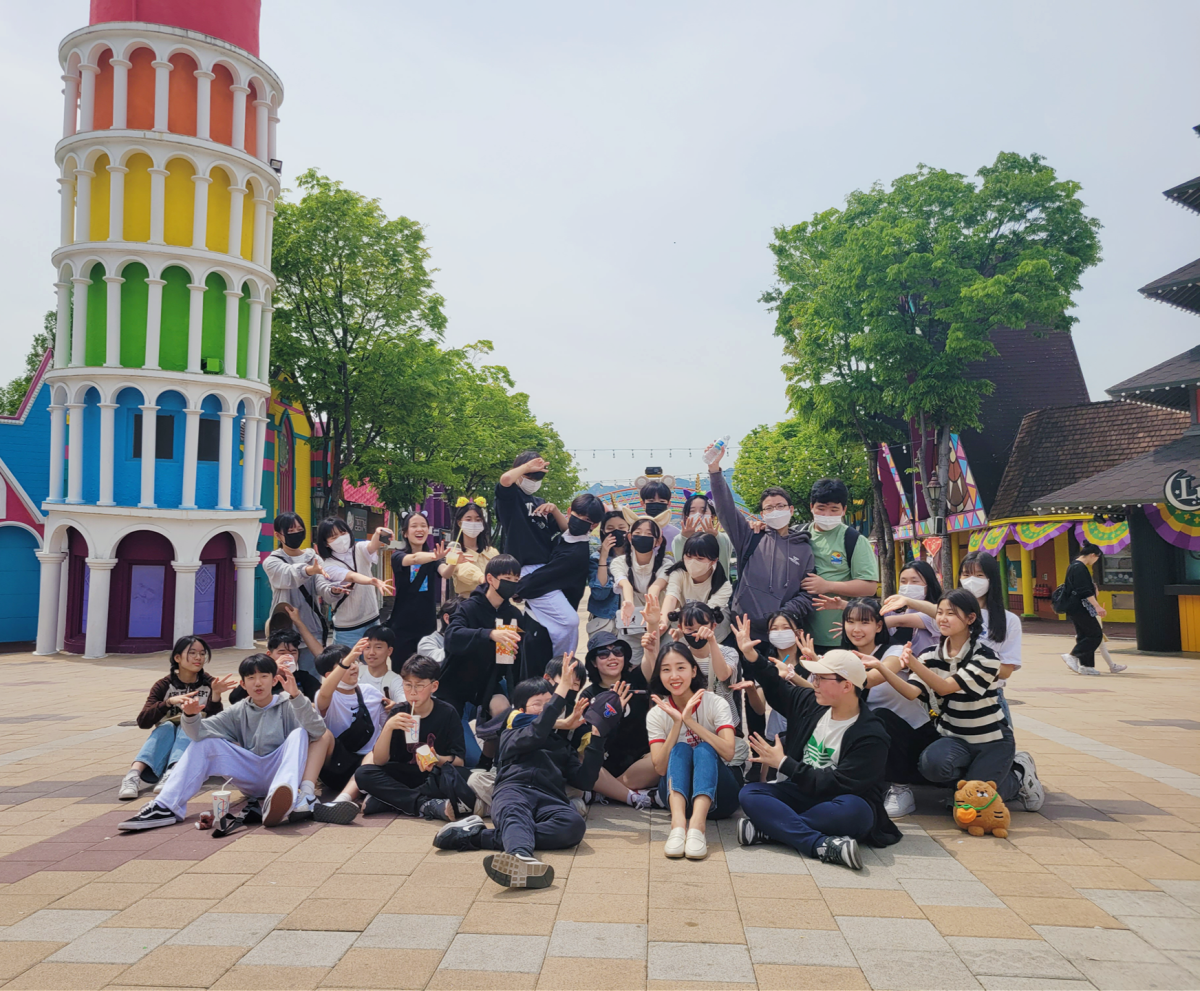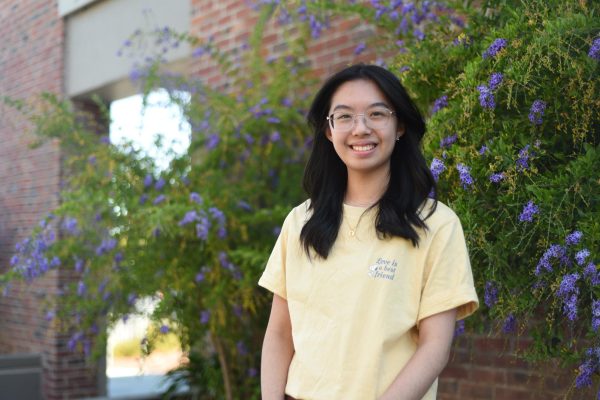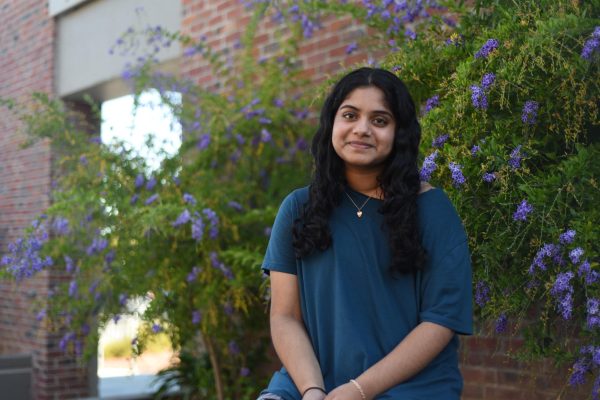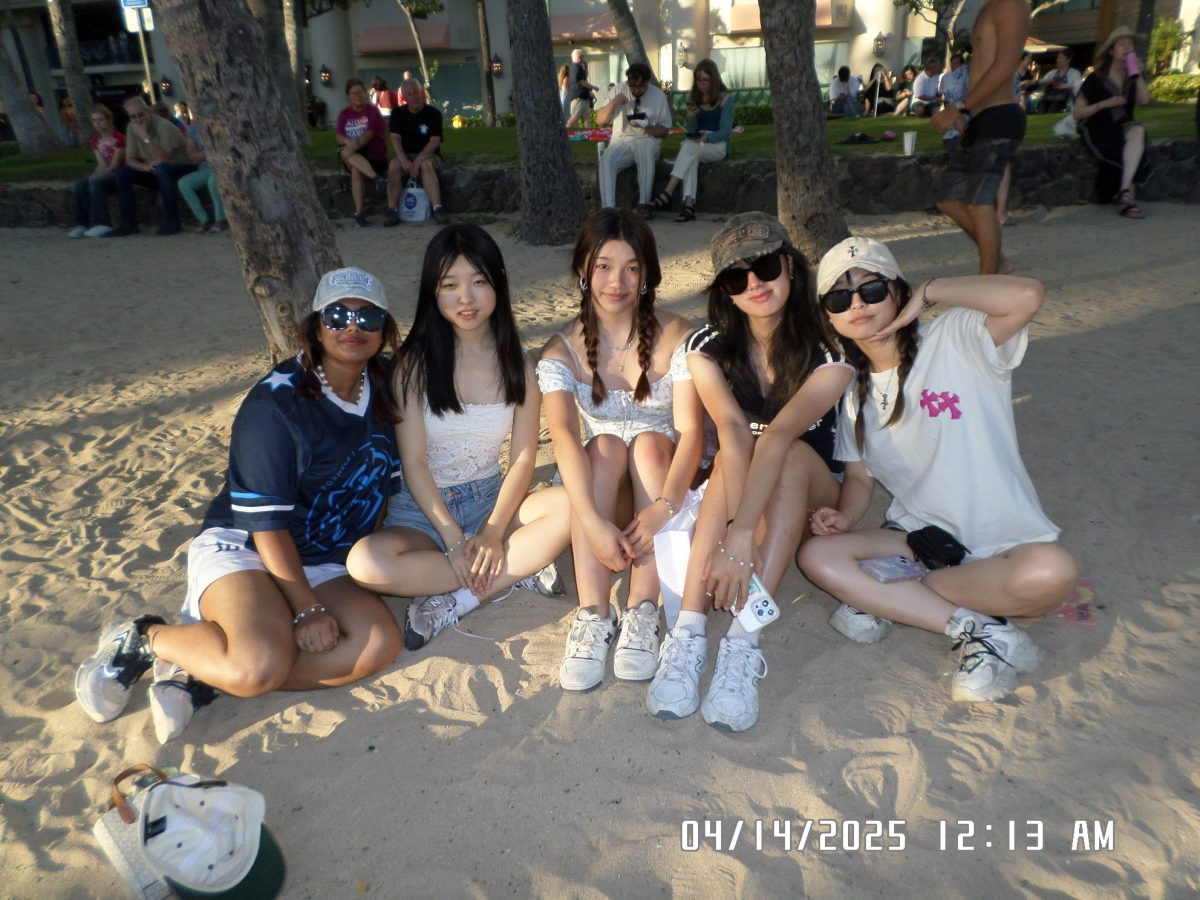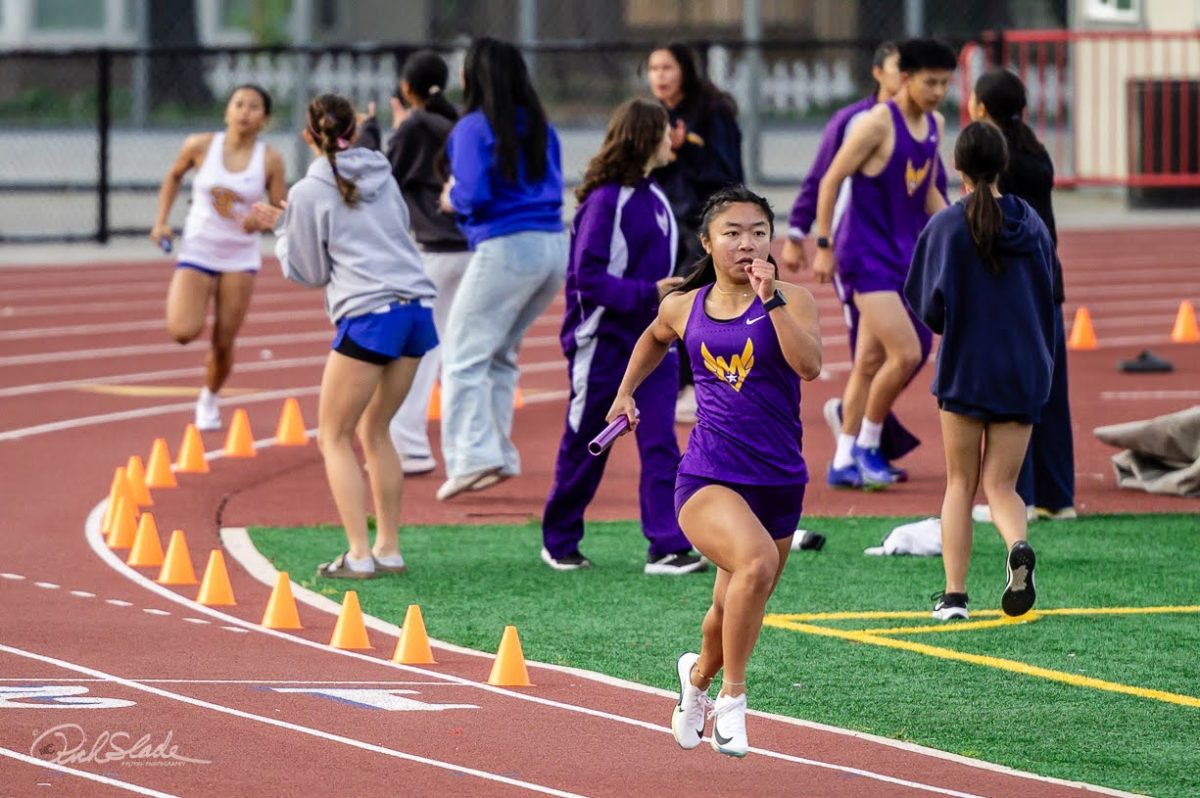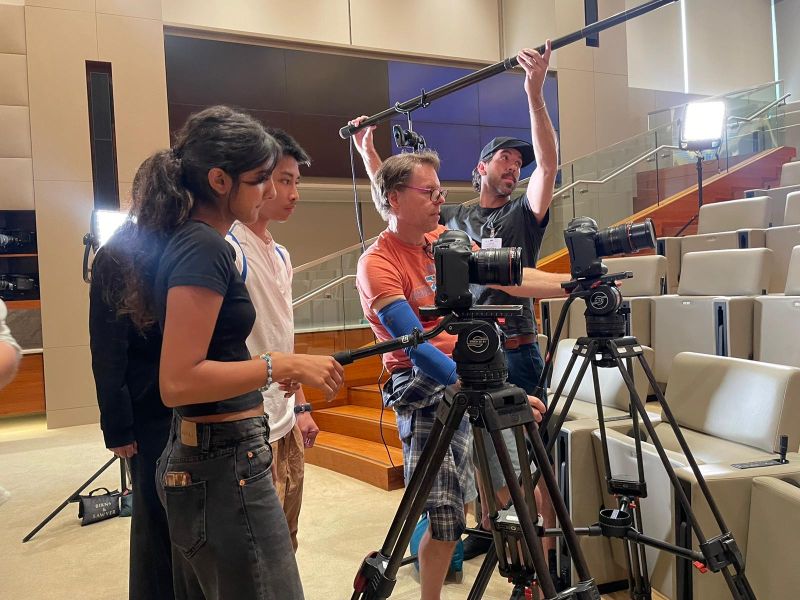Despite being the first-born U.S. citizen in his family and growing up in a predominantly white community, American and World Literature teacher Shozo Shimazaki never felt particularly marginalized throughout his childhood. It wasn’t until he moved to California in first grade that he realized the stark difference between the Japanese community in his hometown of Boulder, Colorado, and California.
“When we moved to California in the mid-70s, there were already existing Japanese and Asian communities,” Shimazaki said. “They already had this idea of ‘We need to have a community because of bias and racism,’ and through these communities, I became more aware of the history of Japanese internment because they were much more active and knew more about the history behind my culture. I didn’t know any of this in Colorado, so it was a little weird. It almost seemed nice that no one knew about it. But then to have a community here was also good.”
Regardless of the efforts of the communities that existed when Shimazaki first moved to California, Shimazaki says that the efforts of California’s active Japanese communities helped improve his high school experience. Now, years later as a high school teacher, Shimazaki sees a significant difference in the experiences of Japanese and Asian students he currently teaches at MVHS, which he attributes to the rise of awareness around inclusivity.
“There certainly was a feeling when I was younger that you sort of assume others wouldn’t know the difference between Japanese, Chinese and Korean people and that they speak different languages,” Shimazaki said. “That’s different now, it’s more understood that there are many different cultures and languages in Asia.”
While Shimazaki spent his entire life in the U.S., Physics teacher and MVHS Indian American Student Association advisor Sushma Bana moved across the world from India to California after completing college. She notices the obvious differences between her hometown of Delhi and the Bay Area and the similarities that make it easier to remain connected to her culture.
“Initially, there was shock with how much space California had compared to Delhi, which is densely populated,” Bana said. “But there were a lot of people who were, like me, recent immigrants, so I think even though I felt like it was a new country, I still had enough people who looked like me and talked like me.”
Relating to Bana’s experience, freshman Jiwoon Hong, who moved from Korea just two years ago, remembers how he felt when he first moved to California, recalling the experience to be slightly isolating.
“It’s definitely tough to move to a different culture,” Hong said. “At first, when I was in middle school, it was really hard, because I was not good enough at English to understand my classes and what my teachers and friends were saying.”
Bana and Hong both had the shared advantage of moving to an area with an existing Indian and Korean population. Even though the Bay Area felt more like home to Bana than she expected it to, Bana says there was still a struggle that came with being a new immigrant in the U.S.
“There was always this subconscious pressure that you have to justify yourself being here by working hard and by being the best employee possible, because you did not want to hear it from anyone that you don’t belong here,” Bana said. “I remember a police officer pulling me over for a small driving ticket and looking me in the eye and telling me, ‘This is not how things work here, you people should understand that.’ These microaggressions are always there, and many times as immigrants we just accept that that’s how things are since there was always this pressure to assimilate.”
Even though 79% of MVHS’ student population identifies as Asian, Bana argues that when it comes to school meetings or even district-wide board meetings, her colleagues need to be more careful with their language. She also argues that there needs to be more inclusivity for teachers of color since most of MVHS’ staff aren’t of color.
“As much as our colleagues are very inclusive, there are a lot of stereotypes about families of color,” Bana said. “I feel like in our district there are a lot of generalizations about how Asian, Hispanic and other families and cultures are. Even if we do staff development events, there are sometimes sweeping statements about different cultures.”
When it comes to inclusivity in the student population, Hong believes that the students at MVHS are somewhat inclusive through culture clubs. Still, Hong believes there should be more student unions and clubs that advocate for education around other cultures. He argues that this can be beneficial for students who feel disconnected from their heritage.
“It’s really important because, in California, there are a lot of people that are originally from other countries but were born here,” Hong said. “I think that it’s important to make cultural clubs because some Korean people who were born here feel like they don’t know much about Korean culture, so these clubs can make them feel more comfortable.”
Shimazaki agrees with Hong, claiming that even though MVHS and the FUHSD district are working towards being more inclusive towards students’ cultures, there still needs to be more work done on breaking the barriers between the segregated groups of students.
“I know we’ve been acknowledging a lot of things, such as Clausnitzer letting the community know about different religious holidays, but I think that the next steps are to break the barriers that exist between different groups of students,” Shimazaki said. “We try to do what we can with the curriculum and the diverse books that we’re teaching, but a lot of the problem comes from teenagers being in their silos with their phones instead of talking to the people around them.”
As an advisor for IASA, Bana agrees, stating that the best way to make the environment in a school more inclusive is to educate others about the customs and traditions of a variety of cultures.
“Understanding each other is a two-way street,” Bana said. “It is the responsibility of the people from a specific culture to educate and let people know who they are. I truly believe that diversity is a source of strength, not a source of division. It’s a source of coming together.”






